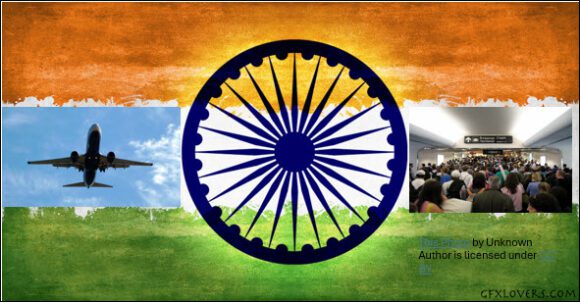
K65517 02 med
This is an interesting story from the Dallas Morning News today. As the author states, “Has the LUV run out?”
Let’s take a look at some data.
Let’s look at the aircraft data if we focus on passenger LUV.

The airline has changed rapidly since 2004. Up to 2011, Southwest was essentially flying small aircraft. It has great load factors, but handling an average of under 140 people per flight was probably easy work. After all, it was mostly a small bag of peanuts and a Coke.
Then, in 2012, the airline started to change fast. Aircraft size grew, and seat counts shot up. However, the load factor remained high. Even with more crew, service levels had to change. It has been well documented that Southwest’s 10-minute turnarounds were over. Soon, it was taking more than 30 minutes. The more time you take, the greater the opportunity to annoy passengers. And now, Southwest suffers from “sameness.”
What else can we see in the data?

More capable airplanes enable an airline to do more. Southwest is no different; it took advantage of longer ranges, and the typical 600-mile flight averages 745 miles. Southwest also now flies some longer legs, like Baltimore to Costa Rica, non-stop. It also flies to Hawaii.
These flights are much longer than the average 745 miles and require a significant service change from what one typically gets on a Southwest flight. A tiny snack bag (no more peanuts) and a splash of soda in a cup of ice won’t cut it, especially when competitors offer more, even if they charge more. This is when one gets into the “perception” and soft side of the passenger experience.
Southwest is known for its excellent cabin crew, who always smile and make the flight fun. This works for about 90 minutes. Across the Pacific, IFE is important on flights of four or more hours, but Southwest does not offer this. Southwest offers WiFi, but passengers know coverage is not exactly consistent.
Summary
- Upsizing the fleet has improved fuel burn, which translates into shareholder value. However, a passenger is unlikely to consider this.
- The new MAX 8s fly at the same speed as the rest of the fleet, averaging 436 MPH. They burn less fuel but save no flight time. Guess what would make a passenger happy?
- For some years, Southwest has been the largest passenger mover. With this growth, it may have lost some of its LUV appeal. (2024 data is 1Q24)

- Southwest has a one-class cabin. As the airline increased its average seating with larger aircraft and maintained ~ 80% load factor, the passenger experience had to change.
- Maybe the “LUV” has not run out entirely, as the high load factors show, but it almost certainly isn’t what it once was.
Views: 5




